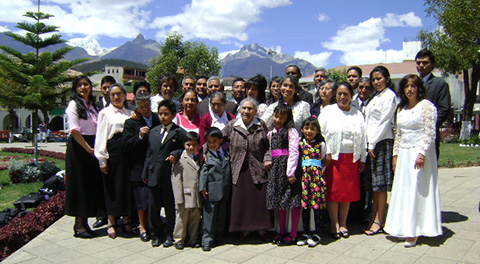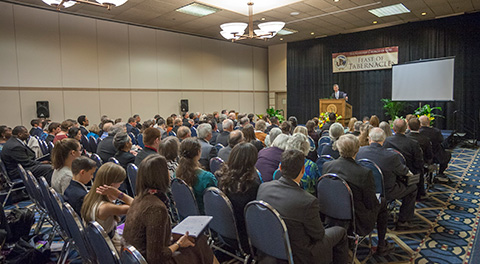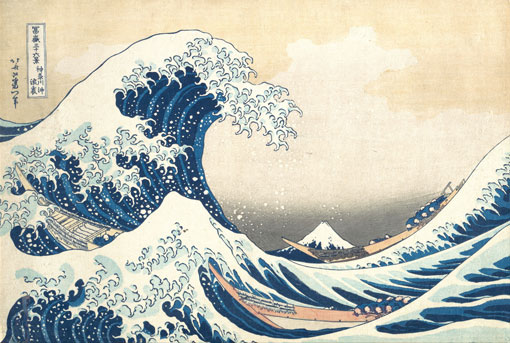 Photo: Public Domain
Photo: Public Domain
Katsushika Hokusai was a Japanese painter and printmaker of the Edo period (1603-1868), during which Japanese society enjoyed a period of flourishing arts and culture under the rule of the Tokugawa shogunate. Hokusai’s most notable woodblock print series, “Thirty-Six Views of Mount Fuji,” was published in 1831 and includes “The Great Wave off Kanagawa” (seen above), which depicts an enormous wave looming over boats off the coast of Kanagawa (modern-day Yokohama, Japan).
The style of “The Great Wave” differed from contemporary artists’ works, which replicated objects as they appeared to the eye. Hokusai’s piece broke from convention by emphasizing movement, depicting different qualities and shades of light, and using open composition (in which subjects extend off the canvas). This style later influenced Western artists Edouard Manet, Vincent van Gogh, James Abbott McNeill Whistler, and Claude Monet.
French music composer Claude Debussy collected Japanese artwork while studying in Rome and owned a copy of “The Great Wave.” His musical work “La Mer” (“The Sea”) was directly influenced by the piece. In fact, the cover of the first sheet music included a modified version of Hokusai’s art.
The Metropolitan Museum of Art expands: “The ferocious height and terrifying form of Hokusai’s wave are amplified by his use of the then-rare ‘Prussian blue’ and a jarring sense of perspective that keeps the eye from focusing on the print’s primary subject, Mount Fuji. As such, Debussy’s sea isn’t composed of cymbal crashes and fluttering flutes that allude to a literal oceanic sound, but instead the composer uses a group of sixteen cellos (twice the number found in a standard orchestra) to breathe life into a heaving, slowly blossoming chorale in the first movement, and pentatonic harmonies to create a sense of the ocean’s vast expanse.”
As an exercise, listen to this musical piece while viewing Hokusai’s “The Great Wave.” Recordings of “La Mer” can be found online or at your local library.
Woodblock Printing
In Japanese woodblock printing, the artist’s final sketch is glued to blocks of wood, typically cherry, and carefully carved to form a relief of the image. Usually, a separate block is made for each color. Ink or paint is then brushed onto the wood, and then printing paper is placed on top of a block. The ink is transferred from the block to the paper by rubbing the paper with a hand tool known as a baren. This process is repeated for each color/woodblock.
Look closely at “The Great Wave.” The waves are made up of three shades of Prussian blue—a rare pigment at the time. Gradually changing shades of gray were used as a backdrop for Mount Fuji, and an impression of the wood’s texture can be seen in the dark gray shade around the mountain.
Paintings Influenced by Japanese Prints
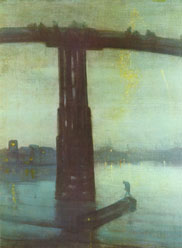
“Nocturne in Blue and Gold: Old Battersea Bridge” by James McNeill Whistler (circa 1872-1875).
Photo: Public Domain
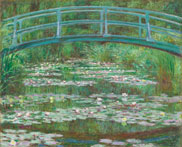
“The Japanese Footbridge” by Claude Monet (1899).
Photo: Public Domain
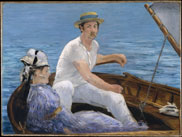
“Boating” by Edouard Manet (1874).
Photo: Public Domain
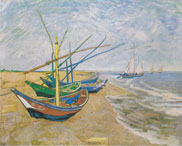
“Fishing Boats on the Beach at Saintes-Maries” by Vincent van Gogh (circa 1872-1875).
Photo: Public Domain






